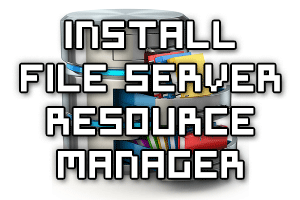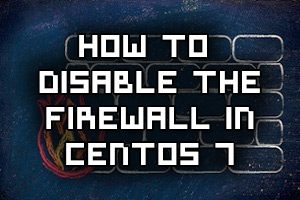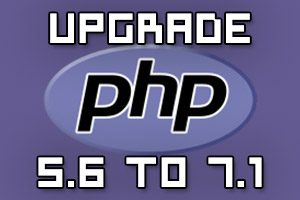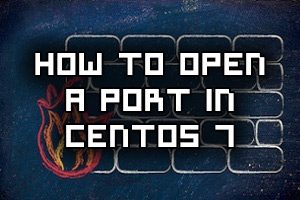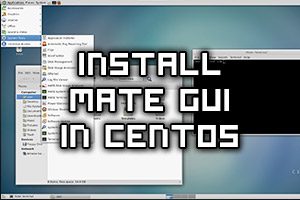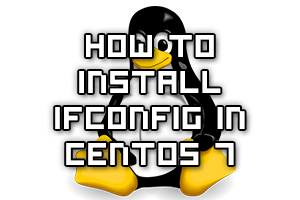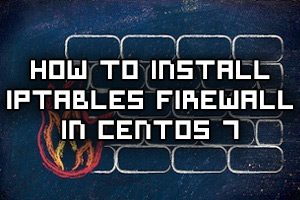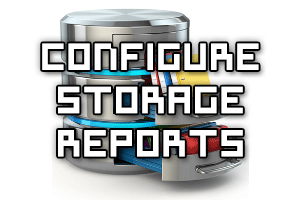
We can configure storage reports with File Server Resource Manager (FSRM) in Windows Server 2016 to generate various useful reports. These reports allow us to get a high level overview of the file shares on the file server.
In this example we’ll show you how to configure storage reports in Windows Server 2016, however the steps are very similar to older versions of the Windows operating system.
